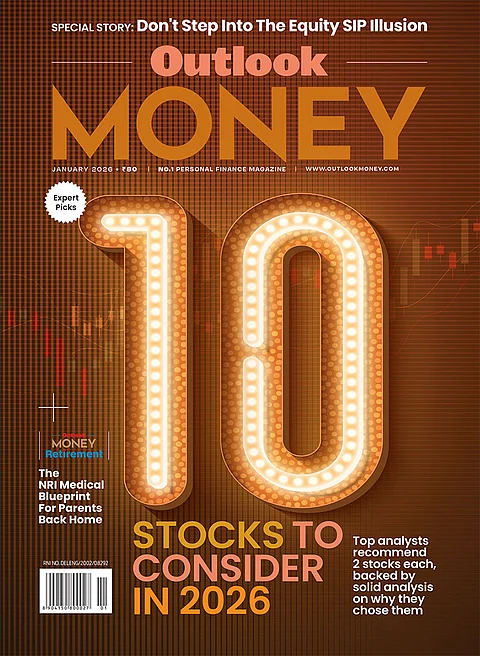A business cycle refers to the ups and downs in economic activity that economies naturally go through. It includes periods of growth (expansion), high points (peak), slowdowns (contraction), and low points (trough). For investors, knowing these stages helps in making better decisions about where to put their money.
The growth phase signals a period of strong economic growth, with more people finding jobs, consumers spending more money, and businesses feeling optimistic. Industries like technology, consumer discretionary, and real estate do well during this time. For example, technology companies benefit from increased demand for innovative products and services, while the real estate sector sees higher property prices and construction activity due to growing demand.
The peak marks the highest point of economic expansion, indicating maximum output and high market confidence. However, it also warns of an upcoming slowdown. Investors must be cautious during this phase to protect against potential market declines. Sectors like technology and consumer discretionary may still perform well, but investors should be prepared for a shift as the economy approaches the peak.
Next is the contraction phase, which involves a decrease in economic activity, leading to lower consumer spending, reduced business investment, and higher unemployment. Sectors that provide essential goods and services, such as utilities, healthcare, and consumer staples, often show resilience during contractions. For instance, people continue to use utilities like electricity and water, and they still need healthcare services regardless of economic conditions.
Representing the lowest point of the business cycle, the trough marks the end of the contraction phase and the beginning of the economic recovery. During this period, industries sensitive to economic revival, such as manufacturing and construction, present investment opportunities. For example, manufacturing companies benefit from increased demand for goods as consumers regain confidence and start spending again. Similarly, the construction sector sees growth as infrastructure projects resume and housing demand picks up.
Identifying the different phases of the business cycle involves analysing various economic indicators and trends to determine where the economy stands in its growth trajectory. Key indicators include GDP growth rates, unemployment levels, consumer spending patterns, industrial production, and housing market activity to name a few. Additionally, financial metrics such as stock market performance, bond yields, and inflation rates can provide insights into the current phase of the business cycle. By monitoring these indicators and trends, investors can better understand whether the economy is in an expansion, peak, contraction, or trough phase, enabling them to adjust their investment strategies accordingly.
Challenges in the identification of the phase
Navigating the challenges of the business cycle requires investors to grapple with various factors. One significant hurdle is predicting when economic phases will occur accurately. A wrong read could lead to missed opportunities or potential losses. Also, as the economy moves through various phases, there could be cases of increased market volatility as well. This volatility can cause asset prices to drop sharply, making it challenging for investors to gauge the true value of investments and potentially leading to significant fluctuations in investment returns.
Additionally, economic uncertainty presents a formidable challenge. External factors such as geopolitical tensions, policy changes, and unforeseen events like natural disasters or pandemic can introduce uncertainty into the economic landscape. This uncertainty makes it challenging for investors to forecast future economic conditions and plan their investments accordingly and accurately.
The solution
From a lay investor’s point of view, the optimal approach to play business cycle is through business cycle based mutual fund offerings. These funds offer diversification across various sectors and asset classes, reducing portfolio risk and enhancing resilience to economic fluctuations. Managed by experienced professionals, business cycle funds employ sophisticated strategies tailored to prevailing economic conditions, potentially leading to consistent returns.
Moreover, these professionals incorporate risk management techniques to mitigate downside risk during economic downturns, providing investors with the much desired stability. These type of funds are easily accessible to retail investors, offering them professional management and strategic allocation without the complexities of individual portfolio management.
In summary, aligning portfolio allocation with the business cycle and leveraging the expertise of business cycle funds can optimise portfolio returns, allowing investors to navigate market dynamics effectively while aiming for consistent returns and risk mitigation.
Disclaimer
The views are personal and are not part of the Outlook Money editorial Feature.







